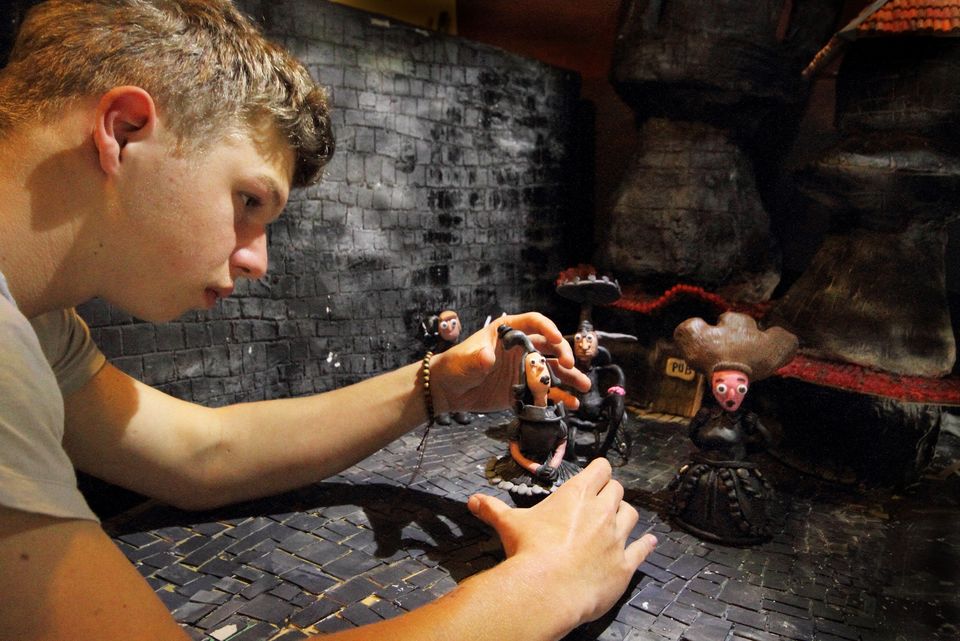The most crucial formative years are the single-digit years of a child’s life. With constantly evolving cultures, teaching styles and technologies, laying a solid learning foundation for children has become a challenging imperative.
Hundreds of books, researches and independent studies have been published on child learning, but few techniques and principles stand out in terms of being universal common denominators.
It Always Starts at Home
John Holt, dubbed the “Father of the Modern Home School Movement,” and the Australian Psychological Society both agree that effective learning starts with a nurturing home. When all facets of children’s wellbeing are nurtured – mind, body and emotion – they show better cognitive development, advanced language assimilation and heightened academic readiness. Children who were read books by their parents in their pre-kindergarten years are more likely to be enthusiastic readers themselves. What they see, hear, and observe from infancy until their toddler years becomes cumulative learning that forms the framework of their skill and character development. In another study conducted byNew YorkUniversity’s Steinhardt School of Culture, Education and Human Development, children belonging to low-income households unable to provide healthy meals and optimal living conditions to them during their childhood, showed delayed language skills and poor cognitive recognition. These are strong indicators establishing the premise that the pillars of child learning are laid in ideal environments conducive for growth and development.
Getting Them Engaged, and Making It Last
In a publication written by Stella Vosniadou for UNESCO, she mentions factors such as involvement, interaction, and social collaboration as key elements that make learning effective and fun. Students in pre-school and in the early elementary years tend to do better in their tasks when they know that it will be shared with others. They also learn new skills by working in groups and observing how others mold clay, draw a flower, or create an origami in a different way than their own. Incorporating the “Authentic Context” also worked well in making them exert more effort into trying something new. This is the context in which children are taught how they can use or apply what they have learned in real-life situations or even during playtime hours. Creative school educators should know how to integrate “practical” application into daily activities, while giving the children that seemingly elusive perception of “fun.” These are the perfect vehicles through which to integrate the concepts of learning that go beyond logical and linguistic skills. A dancing origami puppet show, a colorful dessert-making contest, or a simple kite-making activity will be very effective towards conveying concepts on topics such as the animal kingdom, the sensory organs, or even polygons. As soon as they are able to understand classroom-concepts from a child’s point of view, retention and interest come naturally.
Raising the Bar
As learning theory continues to evolve, new factors will be shown to affect a child’s learning curve. From socio-economic backgrounds and varied pedagogical frameworks, down to core family values, practices and norms – all of these suffer constant change. After building the charter for a child’s effective learning, parents and educators should raise the bar a notch higher by rearing motivated learners who will carry forward with them a culture of excellence and ethics as they develop into educated individuals.


